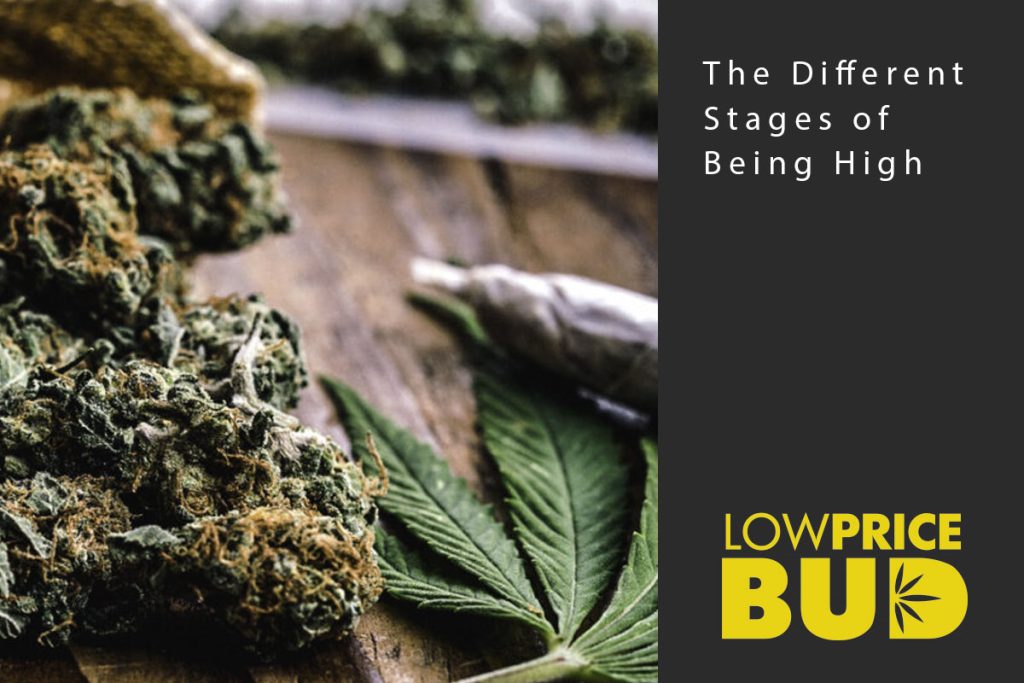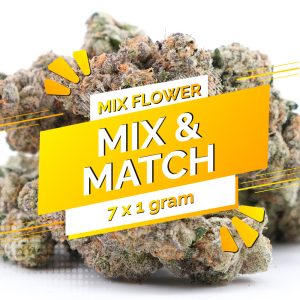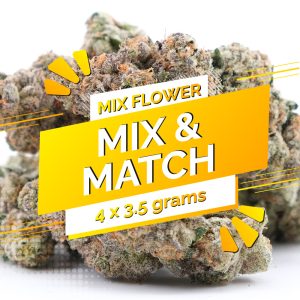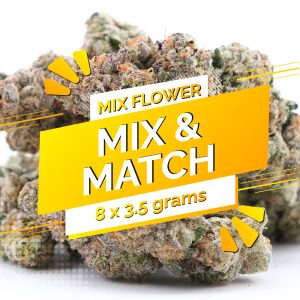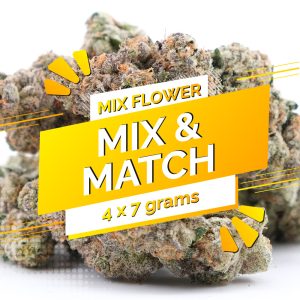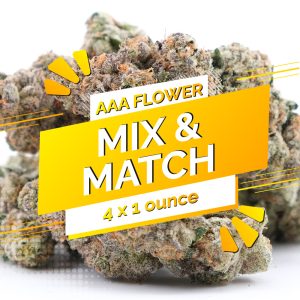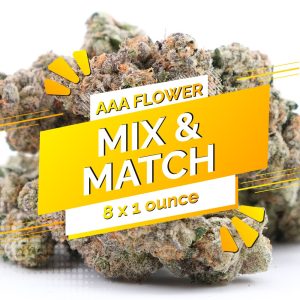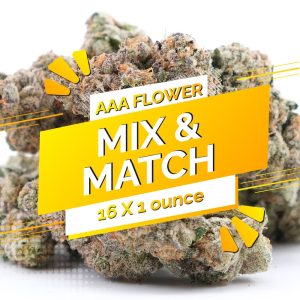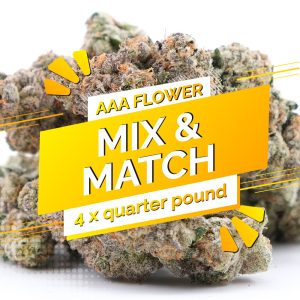Depending on who you ask, the cannabis high can be pretty overwhelming. Strains of pheromones, endorphins, and other neurotransmitters flood your senses with pleasure. Colors seem brighter. Sounds seem louder. And smells? Well, they smell that much better when you’re high. Different people experience the high in different ways as well. Depending on your natural temperament and life experiences, your highs may be mild or intense. The hours after smoking a joint could feel like a sobering down from an overstimulating day at the office—or a soul-crushing downward spiral into depression and anxiety from an exceptionally fun night out with friends. That’s why it’s important to understand what goes on inside your brain when you’re stoned. Different stages of being high emerge as THC affects your neural receptors more than others or at different rates depending on the user and their surroundings. This article elaborates on these stages in order to help you navigate them safely and effectively so that you don’t get stuck in a rut and end up feeling depressed or anxious every time you light up something stronger than before.
The Initial High
The initial high is the most immediate. It’s an emotional high, not a physical one. You feel happy, euphoric, or at peace. You might feel relaxed or energized. You may feel inspired or even a little bit divine. It’s not necessarily the most intense high, but it’s likely to be the most pleasant. The initial high is due mainly to THC’s psychoactive properties. THC affects your brain’s hypothalamus and limbic system, two regions that control your emotions. It does this by mimicking the chemicals your brain sends out when it’s happy, alert, or in love. This initial high is what gets most stoners off to a good start. It can be the first time you’ve ever felt truly connected to your fellow humans, and it can open your mind to different ways of thinking and feeling. It can also help you appreciate the little things in life more fully and set a positive tone for the rest of the high.
The Plateau Stage
Like the initial high, the plateau stage is an emotional high, but one at a higher and more physical intensity. THC affects your brain more intensely here, triggering neurological and physiological responses. Muscles tense up and your heart races, increasing your blood pressure. Blood flow to your extremities increases, making your face flush and skin flush. Blood flow to your genitals also increases, making you feel sexually aroused. THC’s psychoactive effects also increase, making you feel more connected to your thoughts and ideas. This physical high is what many stoners want most, but it’s also the one that can feel like it lasts the longest. While high, you may crave a moment of silence to be alone with yourself or a moment of social connection with your friends. This is the physical high—sometimes called the “rock” or “stone” high.
The hump stage
Following the plateau stage is the hump stage, also known as the “bliss” or “chill” stage. While the physical high is still present, the experience is much less intense and more relaxed. Your breathing slows, and your heart rate goes back down to normal. Blood flow to your body still increases, but it’s in small, more pleasurable areas such as your face and hands. You’re also more connected to your thoughts and emotions—giving you the opportunity to feel more deeply. The hump stage is often a welcome break from the physical high’s intensity. It’s when you might start to feel the effects of THC wearing off, allowing you the option to either keep smoking or move on to another high-producing strain.
The Dip Stage
Finally, you’ll likely fall into the dip stage. The physical high is replaced with mild feelings of relaxation. You might feel mellow, sleepy, or even a little bit anxious. You may feel like you’re coming down from a higher intensity high. You’re still connected to your thoughts and emotions, but in a more controlled and relaxed way. The dip stage is the most common of the three stages. Most people feel it as they begin to come down from the high. You might feel a little anxious if you’ve consumed too much THC or a little bit anxious-er if you’ve consumed too little. It’s important to note that the dip stage is likely to be the least intense stage of the high. If you’re lucky enough to fall into this stage, it’s likely to be the least intense physical one as well.
Summing Up
We don’t have to be high all the time, but it’s important to be aware of what happens to your body and mind during each stage of the high. By knowing what to expect as you move from one to the next, you’re more likely to be able to communicate with your friends or family about how you’re feeling in a safe and effective way. Dealing with the physical high can be tricky, but cultivating a positive mental attitude and engaging in positive self-talk can help you move through the dip stage and back to the hump or bliss stages much more quickly and with less discomfort. Check out Lowpricebud.co online dispensary for all your cannabis needs today.
Build Your Own Oz 8 x 3.5g
$140.00Build Your Own Oz 4 x 7g
$140.00Build Your Own (AAA) Half Pound
$550.00Build Your Own (AAA) Pound 16 x 28g
$1,050.00Build Your Own (AAA) Pound 4 x 112g
$1,050.00

